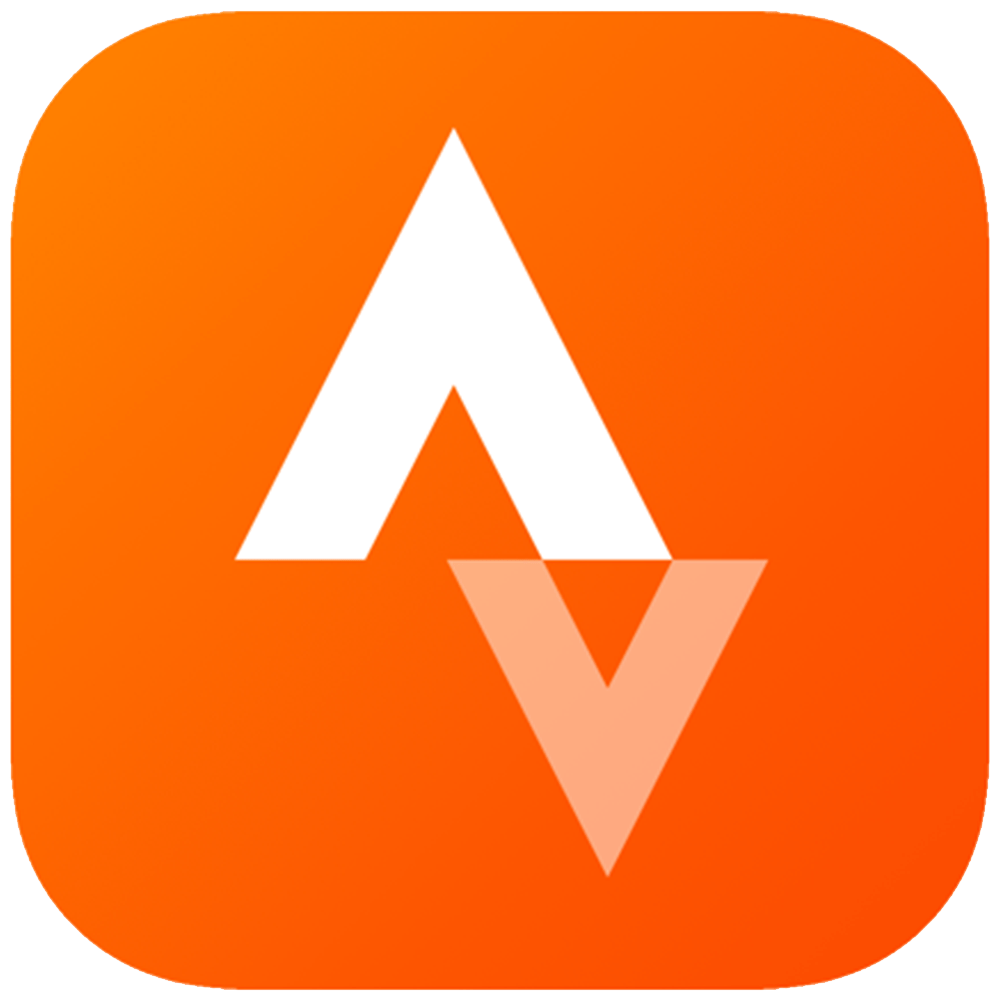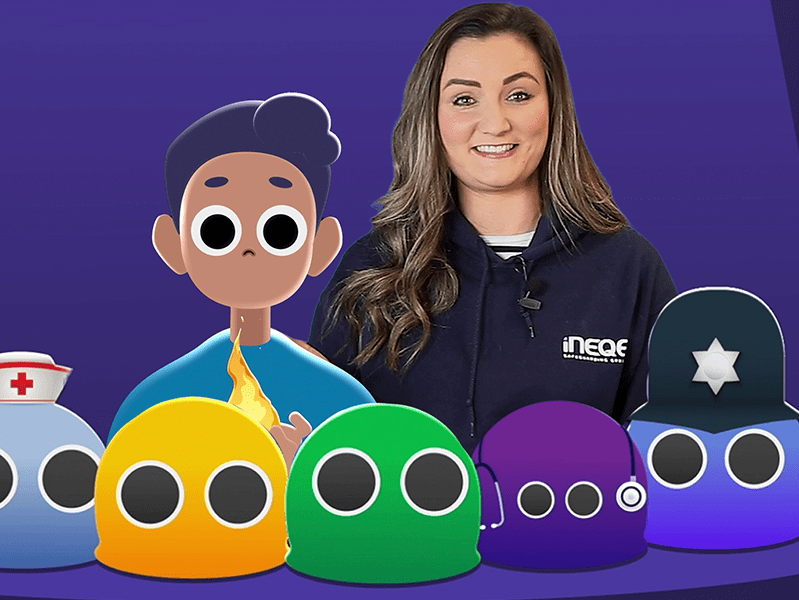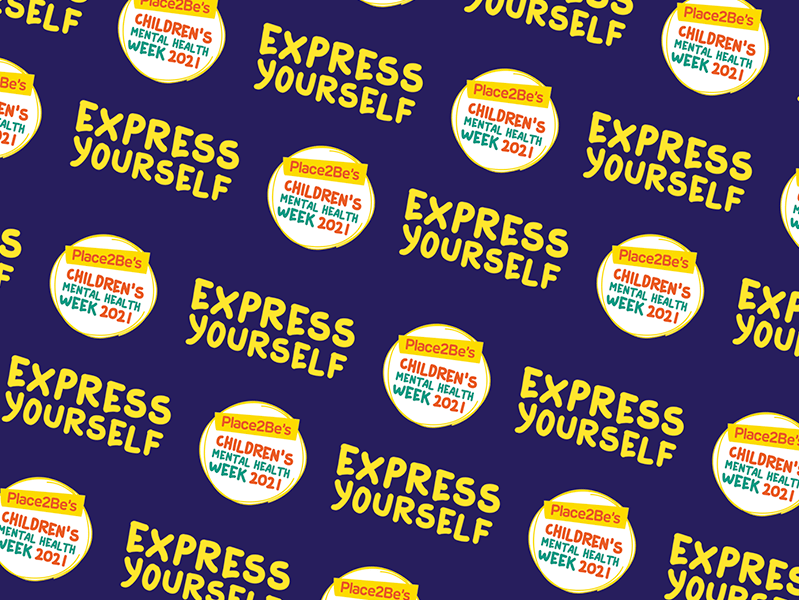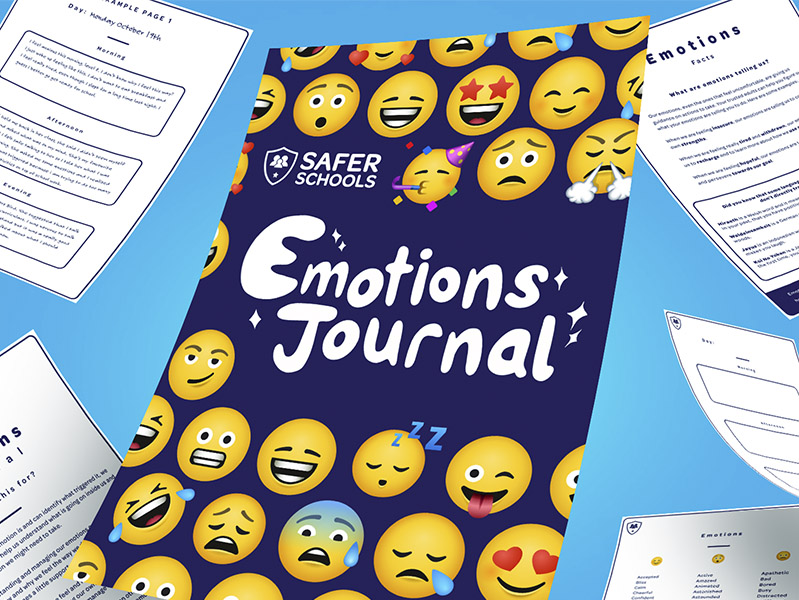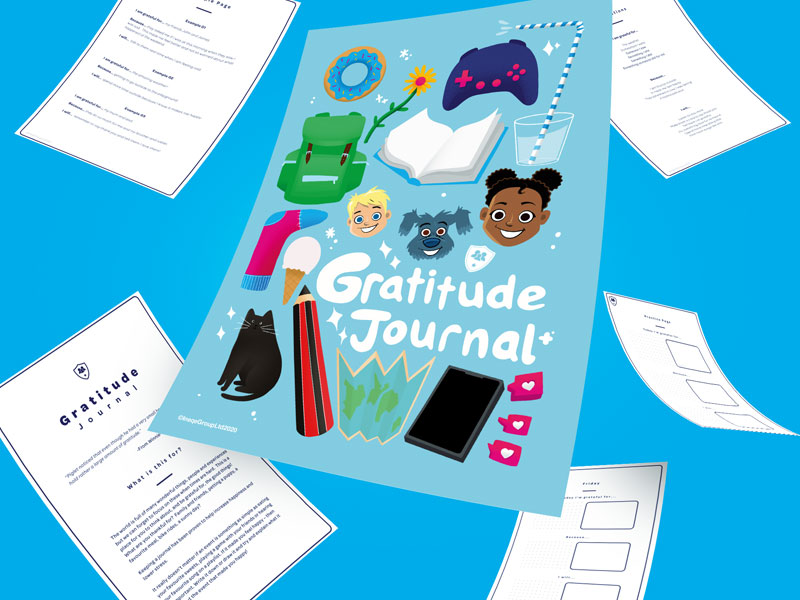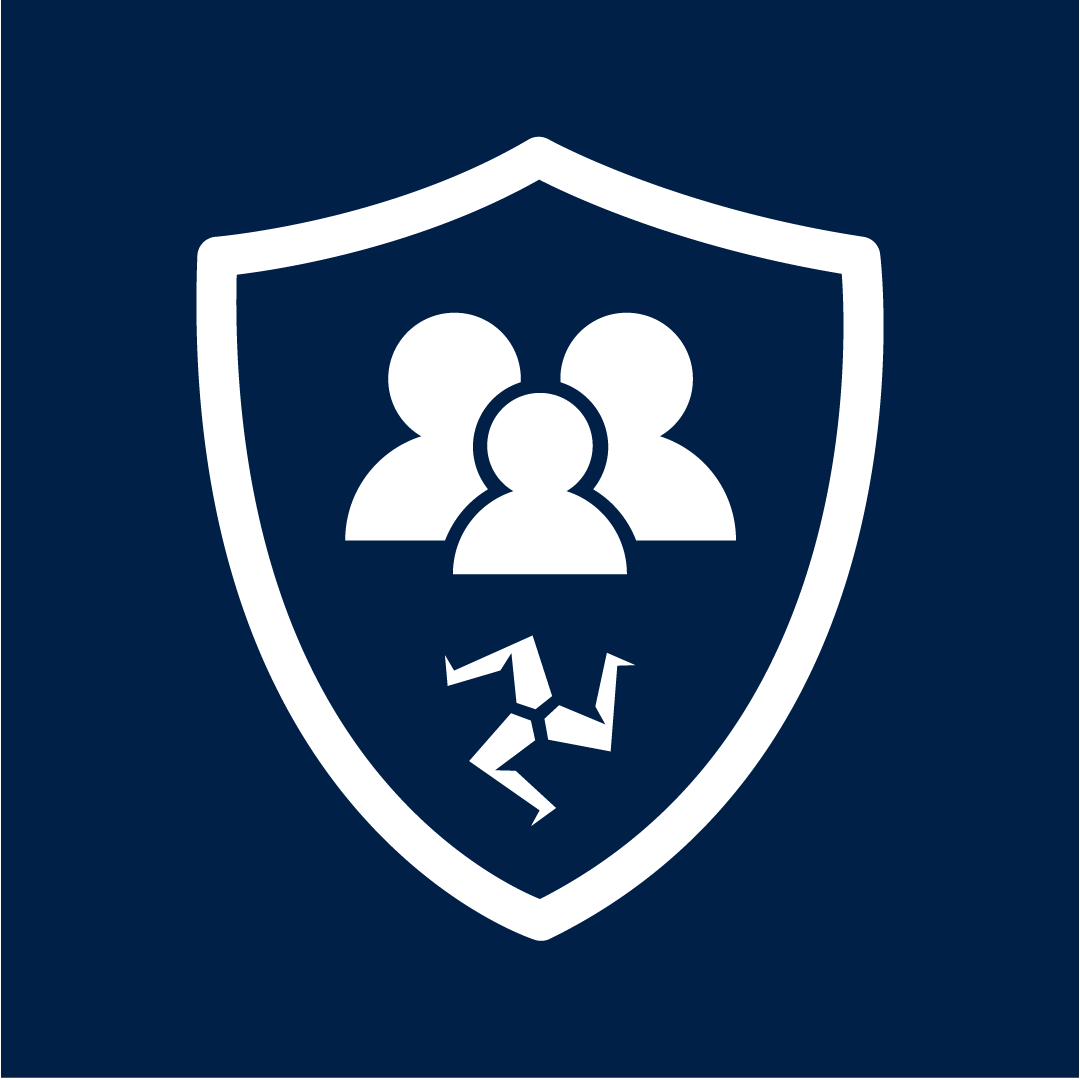Many of us have been turning to activity tracking apps to monitor our home-based or local workouts with gyms closed. These apps can be easily downloaded onto a device and track activities such as running routes – and associated statistics like running pace and time. In a recent Digital Health Generation Study of 1,000 young people and their families, 52% reported using digital technology to measure, track and regulate their health. For many, exercise is a social thing, but due to ongoing restrictions, activity tracking apps have seen a surge in usage, while helping to facilitate interaction between family and friends. As schools increasingly use technology to encourage their pupils to stay active, some have set challenges with activity apps like Strava.
To find out more about how these apps work our team of online safety experts unpacked Strava, one of the most popular activity tracking apps.
Join our Safeguarding Hub Newsletter Network
Members of our network receive weekly updates on the trends, risks and threats to children and young people online.


